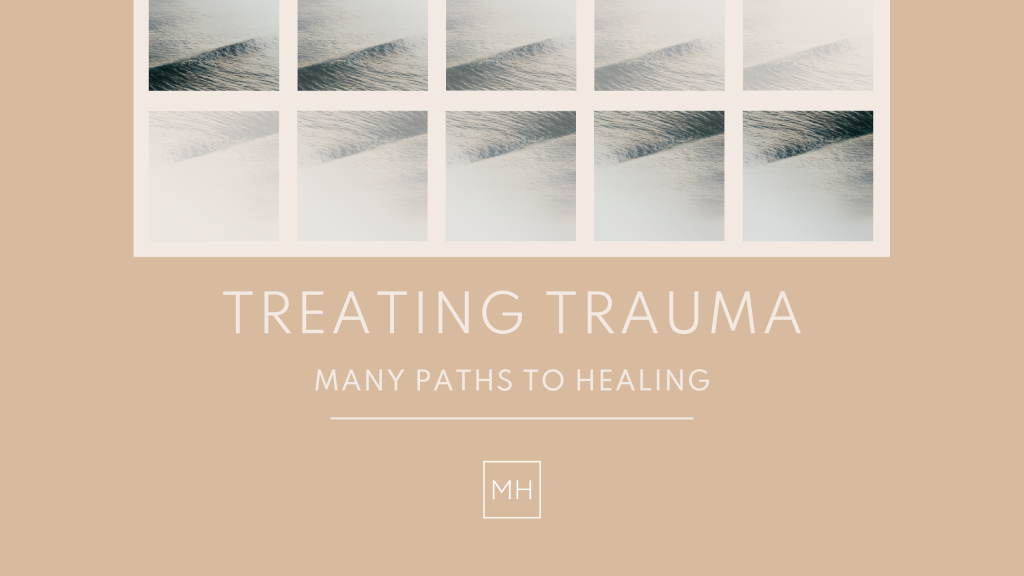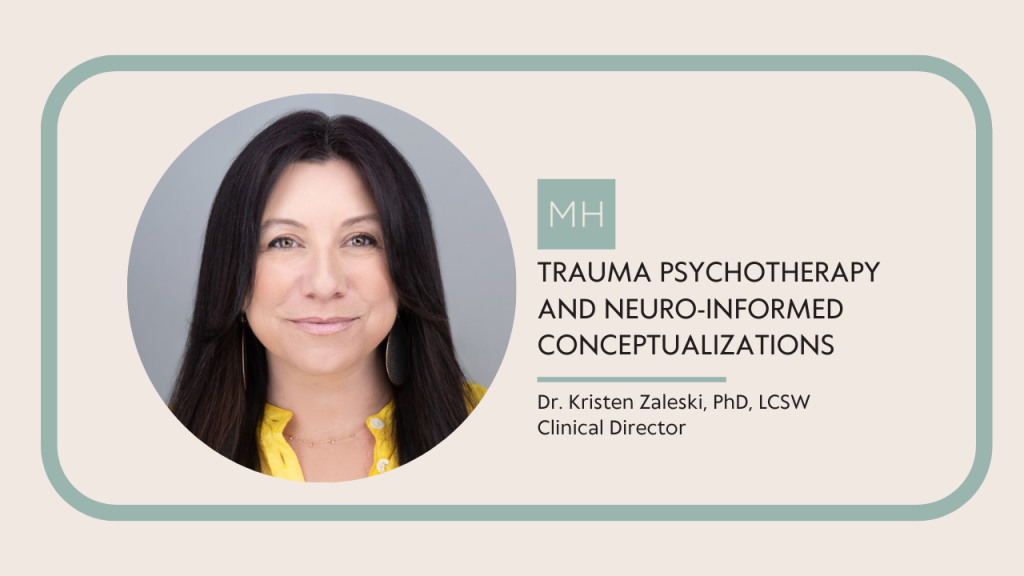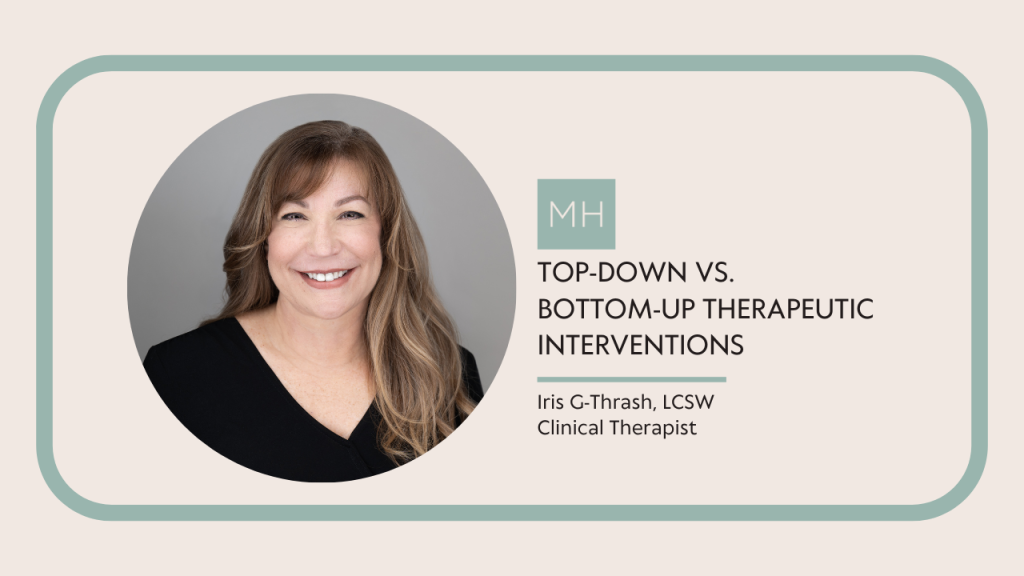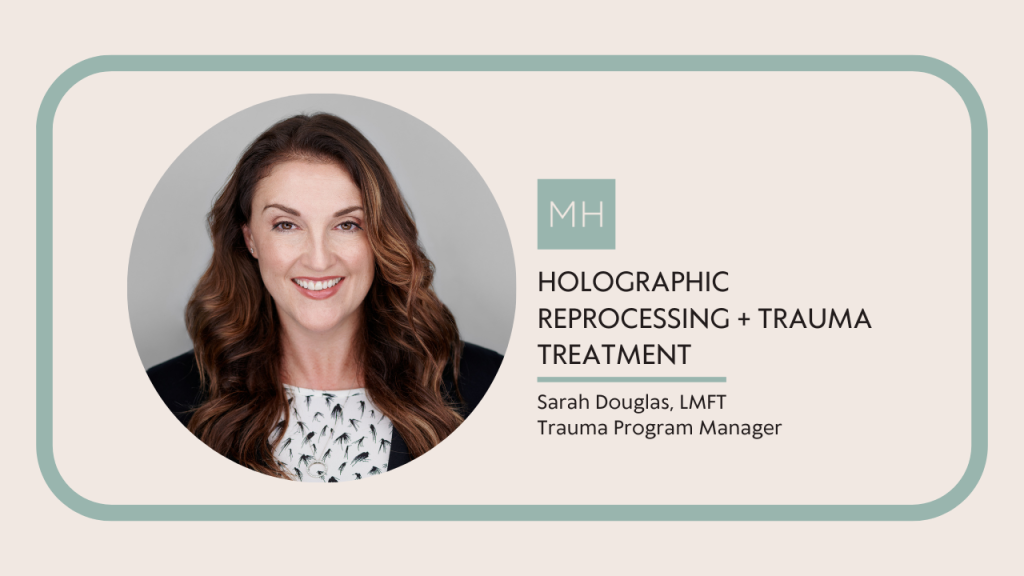Treating trauma is one of the pillars of The Mental Health Collective. Our research-informed program is designed for intimate group support, individual therapy for narrative exposures, and includes technology-driven trauma practices.
At The Collective, we understand that trauma is experienced in multiple ways and can result from different traumatic events. Physical or emotional abuse, natural disasters, accidents, and exposure to violence or death are a few examples.
TRAUMA AS A DERIVATIVE
Trauma, understood as too much stress for too long, can occur as a diagnosis of PTSD. Still, it can also be seen as a derivative of Depression, Bi-Polar Disorder, OCD, and Anxiety when seen through the lens of chronic invalidation and developmental trauma.
WHO WE TREAT
We offer intensive psychiatric and psychological services to adults 18+. Our clinical team can support individuals who have experienced the following:
- Early childhood trauma
- Trauma occurring as an adult
- Multiple traumatic events
- Vicarious trauma, such as first responders or healthcare professionals
REGULATING THE NERVOUS SYSTEM
A critical component of treating trauma is deciding when to begin treatment for a particular client. Clients may need a period of nervous system stabilization, rest, psychoeducation, and skill-building to prepare to dive into the work of healing traumatic stress. Feeling a resurgence of the traumatic stress response, often referred to as being “triggered,” is not uncommon. As the client begins care at The Collective, the focus on safety and stabilization is essential. To help the client understand their treatment, all trauma-tracked clients at The Collective engage in an orientation process that includes psychoeducation and intentional goal setting, which improves their experience, maintains group traction, and helps existing clients prepare for new members to join at the same time each week.
TRAUMA GROUP GUIDELINES
Like all programs at The Collective, our trauma track is a safe space free of judgment, ridicule, or questioning. Group members are encouraged to speak about the impact of traumatic events versus the details of them. This method helps avoid triggering both the client sharing and other group participants. Other guidelines in place give clients permission to set boundaries, an essential component of healing from trauma, and encourages clients to trust their own judgment.
TEN TRAUMA TRACK MODALITIES AT THE COLLECTIVE
Divided into the neuro-informed configurations of top-down processing and bottom-up interventions, The Collective is clinically skilled in offering ten trauma track modalities.
TOP-DOWN INTERVENTIONS
Cognitive interventions targeting thoughts + resulting behaviors
- Cognitive Processing Therapy (CPT)
- Prolonged Exposure (PE)
- Holographic Reprocessing (HR)
- Eye Movement Desensitization and Reprocessing (EMDR)
- Janina Fischer’s Developmental Trauma Curriculum for clients who experienced prolonged neglect and abuse.
BOTTOM-UP INTERVENTIONS
Body-based reactions that often have no cognitive awareness
- Sensorimotor Psychotherapy (SP)
- Somatic Experiencing (SE)
- Neurofeedback for amygdala fingerprinting, as well as alpha/theta wave interventions
- Porges’ Safe and Sound Protocol
- Community Resiliency Model (CRM)
The most important part of treatment at The Collective is building resiliency. Regardless of the cause of our client’s challenges, our team treats what is presented using a neuro-informed, client-focused approach.
DO YOU HAVE A QUESTION OR WOULD YOU LIKE A TOUR?
Send our team a message or call 888.717.9355



